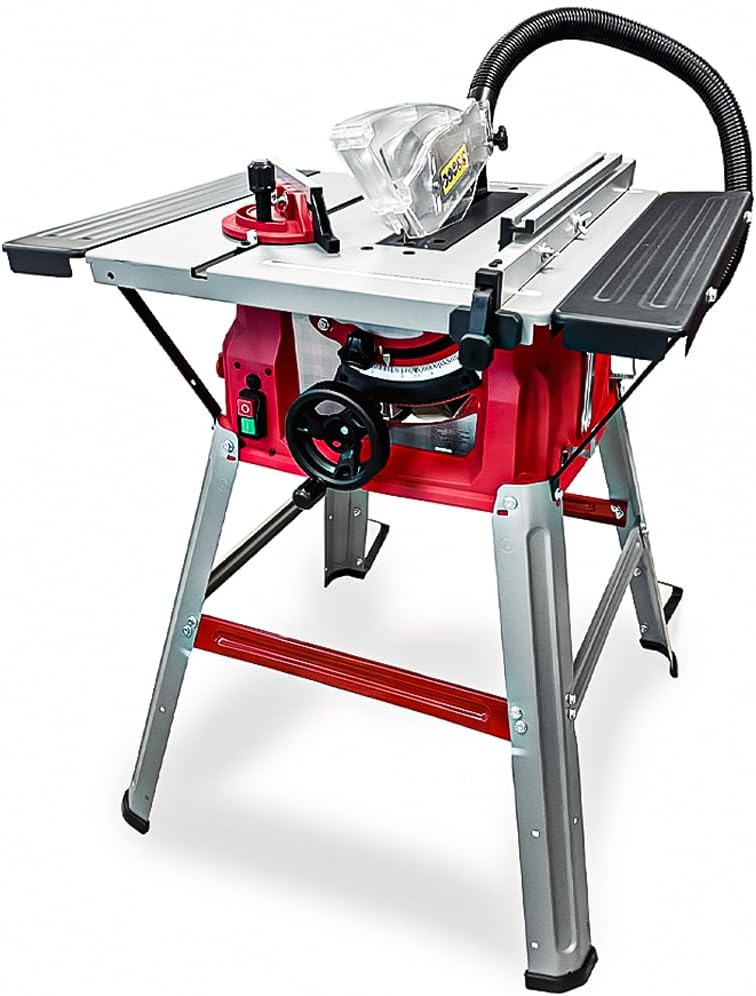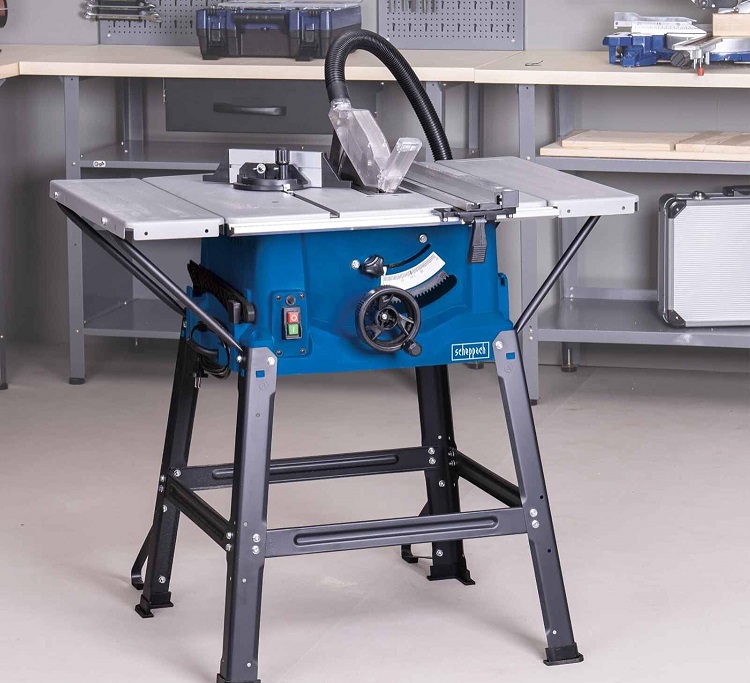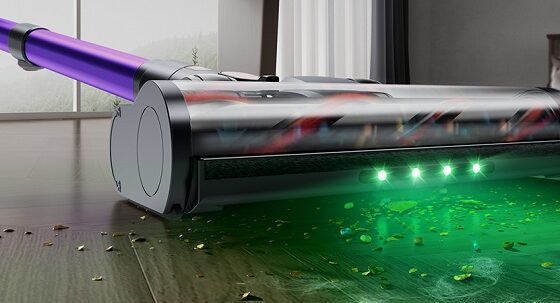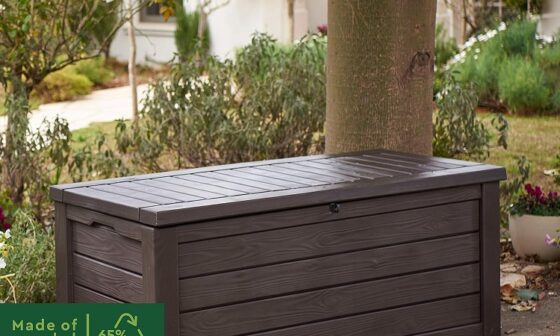Finding a table saw that balances price and performance can feel tricky, especially if you’re trying to keep costs down without ending up with something flimsy. A good budget-friendly saw should still give you clean cuts, reliable power and the safety features you actually need for regular use. To save you the hassle of sifting through endless choices, we’ve looked at some of the best affordable options available. Below, you’ll find reviews of table saws that stand out for their value and reliability.

Exceptional
1. Lumberjack TS210SL Table Saw

Exceptional
2. ParkerBrand 10″ Electric Table Saw

Exceptional
3. Scheppach HS100S 10″ Table Saw

Exceptional
4. Evolution Convertible Mitre and Table Saw
What is a table saw and how does it work?
A table saw is a stationary woodworking machine that uses a circular blade mounted on an arbor, driven by an electric motor. The blade protrudes through the surface of a flat table, which provides support for the material being cut. By pushing the material along the table and against the blade, precise cuts can be made with relative ease.
The key advantage of a table saw is its ability to make straight, consistent cuts, whether you are ripping large boards lengthwise, cross-cutting timber to length, or producing angled cuts with the aid of a mitre gauge or fence. Unlike handheld saws, the stability of the table and adjustable guides ensures a higher degree of accuracy and repeatability.
What types of cuts can a table saw make?
Table saws are highly versatile and can perform several types of cuts:
-
Rip cuts: Cutting along the grain of the wood. This is often done with the aid of a rip fence to ensure the piece stays straight.
-
Cross cuts: Cutting across the grain of the timber, usually guided with a mitre gauge for accuracy.
-
Bevel cuts: By tilting the blade, angled cuts can be made along the edge of the material.
-
Mitre cuts: Angled cuts across the face of the material, achieved by adjusting the mitre gauge.
-
Dado and groove cuts: With the right blade set, channels or slots can be cut into the surface of the wood.
What safety measures should be followed when using a table saw?
Table saws are extremely effective but must be handled with care. Some essential safety practices include:
-
Use of guards and riving knives: Most modern table saws are fitted with blade guards and riving knives to prevent kickback. These should never be removed unless absolutely necessary.
-
Push sticks and push blocks: When cutting narrow pieces, always use a push stick to keep hands away from the blade.
-
Correct stance: Stand slightly to the side of the blade’s cutting path to reduce the risk of injury if kickback occurs.
-
Eye and ear protection: Safety glasses prevent debris from causing harm, while ear defenders help protect against prolonged noise exposure.
-
Appropriate clothing: Avoid loose sleeves, ties, or jewellery that could catch on moving parts.
How should a table saw be maintained?
Regular maintenance ensures safe operation and prolongs the lifespan of the machine. Some important tasks include:
-
Cleaning: Remove sawdust build-up from the table surface, blade, and internal parts. Sawdust can cause overheating and affect accuracy.
-
Blade care: Keep blades sharp and replace them when worn. Dull blades put extra strain on the motor and can cause poor-quality cuts.
-
Lubrication: Apply suitable lubricants to moving parts such as gears, trunnions, and height-adjustment mechanisms.
-
Checking alignment: Periodically check that the blade and fence are square to the table to maintain cutting accuracy.
-
Electrical inspection: Ensure cables, plugs, and switches remain in good condition to prevent electrical hazards.
With consistent upkeep, a table saw can remain reliable for many years.


